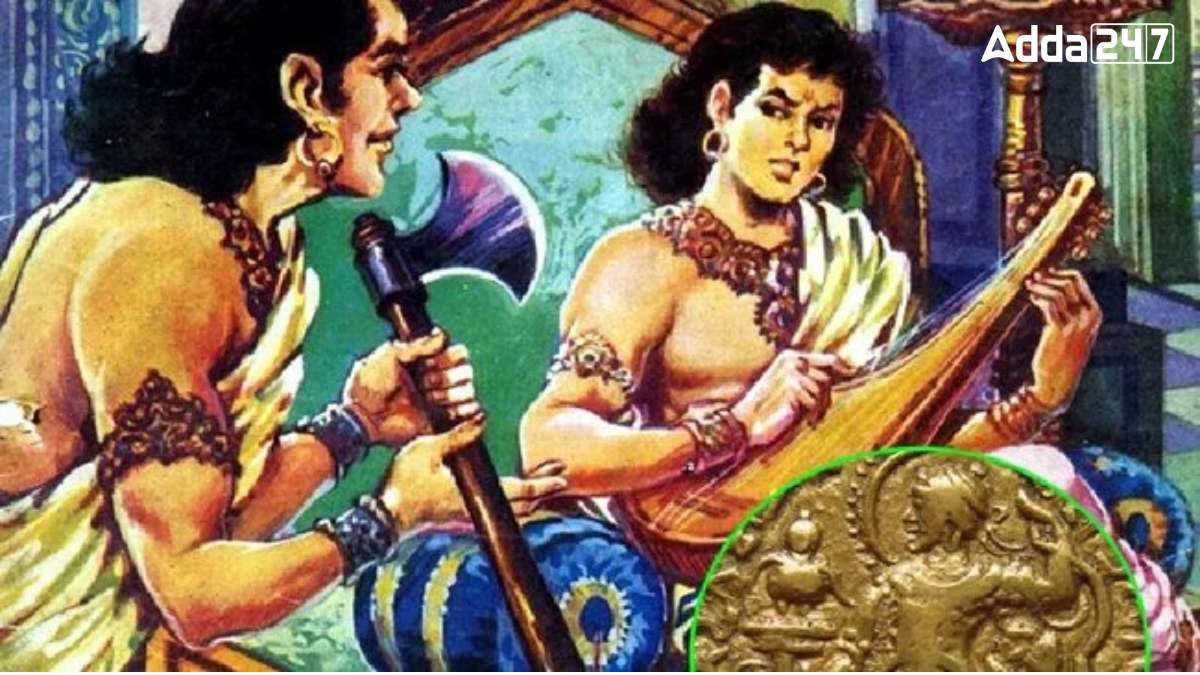In ancient India, many powerful kings ruled large empires and were known for their bravery, wisdom and love for art and learning. These kings often had talented poets in their courts who wrote poems and inscriptions to describe their victories and good qualities. One such famous ruler from the Gupta Empire had a well-known court poet who wrote about his life and achievements in a special way.
Court Poet of Samudragupta
Harisena was a great famous Sanskrit poet and panegyrist (a person who writes praises for a ruler). He worked in the court of Samudragupta, one of the most powerful kings of ancient India. Harisena wrote poems and inscriptions that praised the king’s great achievements in war and politics.
Famous Work of Harisena
Harisena’s most well-known work is the poem written around 345 C.E., which is inscribed on the Allahabad Pillar. This poem tells the story of Samudragupta’s bravery, victories and kindness. It is one of the most important records of Indian history and gives a lot of information about the Gupta Empire.
Harisena and Kavya Poetry
Harisena was one of the early writers of Kavya poetry, a special kind of poetry in Sanskrit that includes both prose and verse. His style of writing was later seen in the works of other famous writers like Subandhu and Bana.
Other Writings by Harisena
Many works are said to be written by Harisena (or poets with the same name). These include:
- Apabramsa Dharmapariksa
- Karpuraprakara
- Jagatsundari-Yogamaladhikara
- Astahnikatha
- Brhatkathakosa
Harisena’s Role in the Royal Court
Besides being a poet, Harisena was also the chief minister in Samudragupta’s court. He helped in many important matters of the kingdom. He had a close friendship with the king and they both enjoyed playing the lute (a musical instrument) together.
Help in the Royal Marriage
Harisena also played a big part in arranging the marriage of Samudragupta with Dattadevi, who later became queen. This shows how important and trusted Harisena was in the king’s life.



 Which Country is Known as the Land of Ch...
Which Country is Known as the Land of Ch...
 Which Bird is known as the King of Birds...
Which Bird is known as the King of Birds...
 Which City of Austria is Known as the Ci...
Which City of Austria is Known as the Ci...







